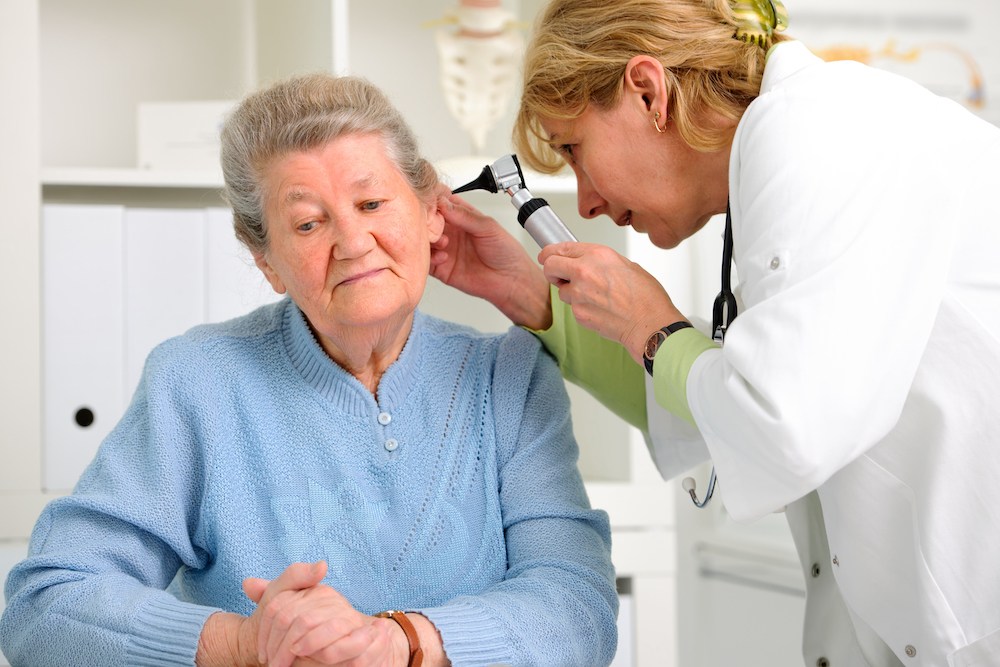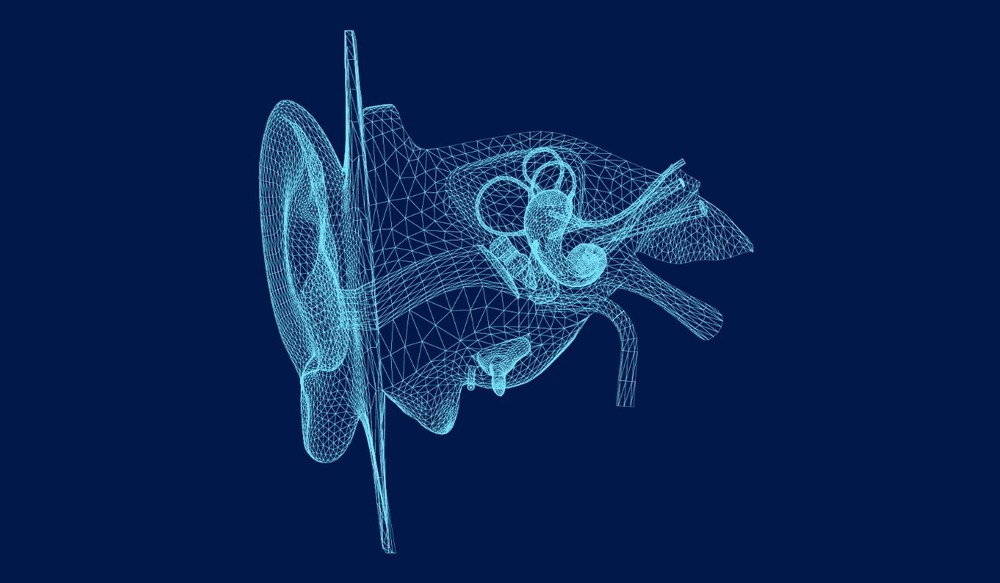The Connection Between Hearing Loss and Physical Activity
Staying physically active supports your overall health in ways that go far

By: admin | February 28, 2024
Keeping your hearing health in check involves more than just regular visits with a professional or having your hearing tested. An often-ignored part of a healthy auditory system is keeping your ears clean. Earwax, or cerumen, is essential in protecting our ears from dirt and bacteria. But, too much of it can cause impactions that lead to potential discomfort or temporary hearing loss. Cleaning your ears might seem like a simple task, but if done incorrectly, it can cause more harm than good. This guide will discuss safe practices for ear cleaning and common mistakes to avoid. Always remember that your audiologist is there for guidance and advice.
Let’s first talk about a less discussed aspect: earwax. This natural substance, often seen as a nuisance, is actually vital to your hearing health.
Earwax acts as a protective barrier in your ears, catching dust and other small particles that could potentially damage your eardrums. It also has antibacterial properties that help prevent infections in your ear canal. Despite its unappealing reputation, earwax is a key player in maintaining good hearing health. So, the next time you think about it, appreciate its importance and ensure you’re managing it properly with the help of your audiologist.
Now that we understand the significance of earwax, let’s clear up some misconceptions about ear cleaning. Many people believe that ears need constant cleaning, but this isn’t always the case.
A common myth is that using cotton swabs is a safe way to clean your ears. However, this can push wax further into your ear canal and potentially cause damage. Instead, consider safer methods like over-the-counter ear drops or professional ear cleaning by an audiologist.
Many people don’t realize that certain common practices can actually harm their hearing health. For instance, the use of cotton swabs can push wax deeper into your ear canal, leading to blockages or even damage to your eardrum.
Another risky practice is the use of ear candles. This method involves placing a hollow candle in your ear and lighting it on fire to draw out wax. Not only is this technique ineffective, but it also poses serious risks such as burns and perforated eardrums. To maintain good hearing health, it’s crucial to avoid these harmful methods and instead opt for safer alternatives like over-the-counter ear drops or professional cleaning by an audiologist.
Knowing when your ears need cleaning is key to maintaining good hearing health and avoiding discomfort. Here are some common signs that your ears may need cleaning:
The frequency of ear cleaning varies from person to person and depends on factors such as the amount of earwax you produce and your lifestyle. For some, a regular cleaning routine may be necessary, while others might need less frequent attention. However, it’s important to remember that excessive or improper cleaning can cause problems like impacted earwax or damage to the inner ear. It’s always best to discuss with an audiologist who can provide personalized advice based on your specific needs and circumstances.
An overproduction of earwax can occur due to various factors, ranging from natural physiological processes to external influences. One common cause is the natural self-cleaning mechanism of the ear canal, where the glands in the ear produce cerumen to protect the delicate skin from dust, dirt and foreign particles. However, in some individuals, the glands may produce an excess amount of earwax, leading to a buildup or blockage in the ear canal.
Additionally, certain factors can contribute to the overproduction of earwax. For example, using cotton swabs or other objects to clean the ears can push the wax deeper into the ear canal, inadvertently causing it to accumulate and become impacted over time. Similarly, wearing earplugs or hearing aids for extended periods can also contribute to the buildup of earwax by preventing its natural expulsion from the ear canal.
Environmental factors such as exposure to dusty or windy conditions, as well as changes in climate or humidity levels, can influence the production and consistency of earwax. Additionally, certain health conditions, such as dermatologic disorders or anatomical abnormalities of the ear canal, may disrupt the normal process of earwax removal, leading to its accumulation and subsequent overproduction. Overall, understanding the underlying causes of excessive earwax production can help individuals take appropriate preventive measures and seek timely intervention to address any related issues.
While some at-home methods can be effective, they should always be used with caution and under the guidance of an audiologist. One safe method they may recommend is using over-the-counter ear drops. These are specially formulated solutions that can soften and break down earwax, making it easier to remove. Improper or excessive ear cleaning can lead to complications like impacted earwax or damage to the inner ear structures. They can provide you with safe and effective solutions tailored specifically for your needs.
Knowing when to seek professional help for ear cleaning can make a significant difference in maintaining your hearing health. Certain signs indicate that it’s time to visit an audiologist. For instance, if you’re experiencing persistent discomfort, pain or hearing loss that isn’t resolved by safe at-home methods, it may be due to excessive or impacted earwax. Additionally, if you have a history of ear problems such as infections or perforated eardrums, it’s advisable to avoid at-home cleaning and instead seek professional assistance.
Individuals who wear hearing aids or have narrow or unusually shaped ear canals may require more frequent professional cleanings. Remember that every person’s ears are unique and what works for one might not work for another.
Knowing what happens during a professional ear cleaning process can help alleviate any anxieties you may have and ensure you’re prepared for your appointment. First, the audiologist will conduct an examination of your ears using a special instrument called an otoscope. This device allows them to see inside your ear canal and check for any signs of excessive wax or other issues.
After discussing your symptoms and examining your ears, your hearing health professional may proceed with one of several methods to safely clean your ears. One commonly used method is irrigation, which involves the gentle flushing of warm water into the ear canal to dislodge and remove excess earwax. During this procedure, the specialist carefully aims a syringe or specialized irrigation device at the ear canal entrance, allowing the warm water to flow into the ear and soften the wax buildup. As the water flows through the ear canal, it helps to loosen the earwax, making it easier to flush out.
This process is typically performed under direct visualization using an otoscope to ensure precision and minimize the risk of injury to the ear canal or eardrum. After the irrigation procedure, any remaining earwax and water residue are carefully removed from the ear using gentle suction or a cotton swab, if necessary, to ensure thorough cleaning and prevent further buildup. Overall, irrigation is a safe and effective method for removing excess earwax and restoring optimal ear health and function.
Finally, they might use a suction device or small tools like curettes to remove stubborn wax. Remember that professional ear cleaning is typically painless and can provide immediate relief from symptoms caused by excessive wax buildup. So don’t hesitate to reach out to your professional if you think you could benefit from this service.
Maintaining excellent ear hygiene is about more than just the cleaning process itself. It’s also about fostering good habits and awareness around ear care. Each person has unique needs and circumstances that dictate their ear care routine. This could include factors like your lifestyle, age or whether you wear hearing aids. Regular check-ins with your audiologist can help tailor an ear care routine that suits you best.
Keeping your ears clean is important, but it’s equally important to do so safely. Avoid risky practices like using cotton swabs or ear candles, which can cause more harm than good. Instead, opt for methods your audiologist recommends if you deal with frequent bouts of impacted wax.
By following these guidelines and maintaining open communication with your hearing health specialist, you can uphold excellent ear hygiene and ensure optimal hearing health.
Remember, while this guide provides useful insights into maintaining good ear hygiene, it doesn’t replace personalized advice from an audiologist. If you’re experiencing any discomfort or changes in your hearing or if you have questions about proper ear care routines suitable for you, don’t hesitate to reach out.
At Big Thicket Hearing Center in Lumberton, TX, we’re here to help with all aspects of your hearing health including safe and effective ear cleaning practices. Call us today at (409) 751-2590 for more information or to schedule an appointment with our experienced team. Let’s work together towards optimal hearing health!
Tags: hearing aid services, hearing care services, how-to guides

Staying physically active supports your overall health in ways that go far
By: admin | October 20, 2025

If you’re a musician, you’re in a tough spot when it comes to
By: admin | September 24, 2025

Hearing loss affects millions of people worldwide, yet remains largely
By: admin | May 23, 2025
